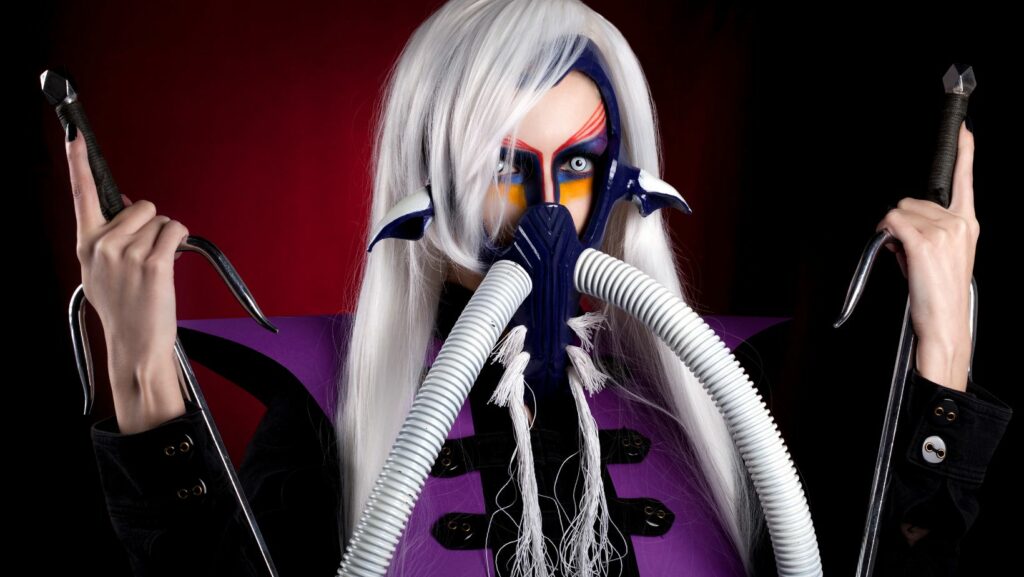Dive into the vibrant, imaginative world of anime manga, where fantasy meets reality in a symphony of color and emotion. This unique art form, born in Japan, has captivated audiences worldwide with its distinctive storytelling and visual allure.
Anime manga isn’t just about entertainment; it’s a cultural phenomenon that transcends borders and breaks down linguistic barriers. From exploring complex themes to showcasing breathtaking artistry, it’s a genre that continues to evolve and surprise.
So, whether you’re a seasoned otaku or a curious newcomer, prepare to embark on an exciting journey through the multifaceted universe of anime manga. Let’s unravel the magic behind these illustrated narratives that have become an integral part of pop culture.
Anime Manga
 Delving deeper into anime manga’s progression reveals a timeline marked by growth and adaptation. This journey represents integral aspects of its evolution, from its origins to its subsequent global expansion.
Delving deeper into anime manga’s progression reveals a timeline marked by growth and adaptation. This journey represents integral aspects of its evolution, from its origins to its subsequent global expansion.
Anime manga first emerged in Japan in the late 19th century. It sprouted from the influence of Western comic books and cartoons, blended with traditional Japanese art forms like Ukiyo-e (woodblock prints). Anime manga initiated a unique fusion of art, storytelling, and graphic visualisation that captivated the Japanese population. It’s during the post-WWII period that anime manga saw a significant upswing, with works like Osamu Tezuka’s ‘Astro Boy’ marking the golden era.
Global Influence and Expansion
Japan’s homegrown art form didn’t stay domestic for long; anime manga soon traversed continents and cultures. By the latter part of the 20th Century, it had become a key contributor to the global pop culture aesthetic. Western audiences embraced series like ‘Dragon Ball’, ‘Naruto’, and ‘Pokémon’ — their engrossing narratives, distinct animations, and thought-provoking themes amplifying their appeal. Today, it’s virtually impossible to separate anime manga’s influence from global entertainment, considering its presence in films, comic conventions, merchandise, and even street fashion. It’s evident that the global spread of anime manga continues to grow, amplifying its significance in shaping cultural narratives around the world.
Key Genres and Themes in Anime Manga
 Anime manga, with its depth and diversity, branches into several themes and genres, each offering unique storytelling elements and aesthetics. This segment provides a closer look into some standout categories – Shonen, Shojo, Seinen, and Josei.
Anime manga, with its depth and diversity, branches into several themes and genres, each offering unique storytelling elements and aesthetics. This segment provides a closer look into some standout categories – Shonen, Shojo, Seinen, and Josei.
Shonen, focusing on teen boys as its primary demographic, commonly presents high-action, adventure-based narratives. Classic examples include long-running franchises like “One Piece” and “Bleach.” These series typically showcase protagonists on missions, overcoming challenging obstacles or battling adversaries. Elements of friendship, courage, and determination underscore most shonen stories, appealing to the audience’s emotional and imaginative faculties.
Contrasting to Shonen, Shojo primarily targets teenage girls featuring narratives steeped in romance and relationships, often with a subtle touch of fantasy. Series like “Fruits Basket” and “Sailor Moon” exemplify the Shojo genre. Its stories delve into emotions, inter-personal dynamics, and personal growth of characters, framed within an aesthetically pleasing and often dreamy art style, resonating with its audience.
Impact of Anime Manga on Popular Culture
 Anime Manga, a vibrant art form emanating from Japan, leaves a significant imprint on popular culture. Its influence permeates various sectors, notably Western animation and popular gatherings known as Anime conventions.
Anime Manga, a vibrant art form emanating from Japan, leaves a significant imprint on popular culture. Its influence permeates various sectors, notably Western animation and popular gatherings known as Anime conventions.
Anime Manga’s distinctive storytelling and visual techniques resonate in several western animations. For example, ‘Avatar: The Last Airbender’, an American TV series, exhibits clear influences from Anime in its complex narratives, character development, and visually striking art styles. Moreover, Pixar’s chief creative officer, John Lasseter, publicly acknowledged the influence of Hayao Miyazaki, a legendary Anime director, on Pixar’s films. Lasseter cites Miyazaki’s focus on strong narratives, emotional depth, and meticulously detailed animation as key inspirations.
Anime Conventions and Their Cultural Significance
Anime conventions, large gatherings of Anime Manga enthusiasts, further demonstrate its cultural impact. A noteworthy institution, Comic-Con International, draws over 130,000 attendees annually and showcases the popularity of Anime Manga.
Additionally, these conventions serve a larger cultural purpose. They provide a platform for fans to connect, share knowledge, and indulge in the Anime Manga culture through cosplay – the practice of dressing up as favorite characters. These state-side events mirror Japan’s Comiket – the world’s largest fan convention, attracting over half a million visitors biannually.

